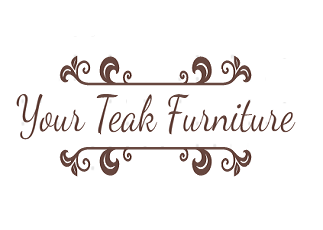When it comes to workplace safety, the Occupational Safety and Health Administration (OSHA) plays a crucial role in the United States. OSHA is a federal agency that sets and enforces safety and health regulations to protect workers across various industries. One area that OSHA pays particular attention to is fall protection, especially in construction and maintenance work. In these industries, having an OSHA-approved roof anchor system is essential to ensure the safety of workers at heights.
What is OSHA?
OSHA, established in 1970, is responsible for promoting and enforcing safe and healthy working conditions for employees. The agency sets standards, conducts inspections, and provides training and resources to employers and workers. OSHA regulations cover a wide range of hazards, including falls, which are one of the leading causes of workplace injuries and fatalities. To prevent falls, OSHA requires employers to provide appropriate fall protection systems, including roof anchors, when workers are exposed to potential fall hazards.
Benefits of OSHA-Approved Roof Anchor Systems
The importance of OSHA-approved roof anchor systems cannot be overstated. These systems are designed to provide a secure anchorage point for personal fall arrest systems (PFAS) and other fall protection equipment. A roof anchor acts as an attachment point, allowing workers to tie off and safely move around a rooftop while minimizing the risk of falling. OSHA-approved roof anchor systems undergo rigorous testing and certification processes to ensure their reliability and compliance with OSHA standards. Using OSHA-approved systems not only safeguards workers’ lives but also helps employers avoid costly penalties and legal liabilities.
Choosing the Right Solutions
Now, let’s discuss how to choose the right OSHA-approved roof anchor solution for your specific needs. The first step is to identify the type of work being performed and the specific fall hazards present on the roof. Each job site may require a different type of anchor, such as a permanent anchor for long-term use or a temporary anchor for short-term projects. Consider factors like the roof material, pitch, and accessibility to determine the most suitable system.
Next, consult the OSHA regulations and industry standards to ensure compliance. OSHA provides specific guidelines on the design, installation, and use of roof anchor systems. Familiarize yourself with these requirements to ensure the chosen solution meets all necessary criteria.
When selecting a roof anchor system, opt for products from reputable manufacturers with a proven track record of safety and reliability. Look for third-party certifications, such as those from the Underwriters Laboratories (UL) or the Canadian Standards Association (CSA), as they demonstrate compliance with industry standards.
Consider the versatility and adaptability of the system. Choose a roof anchor that can accommodate various types of personal fall arrest systems and other fall protection equipment, such as lanyards and self-retracting lifelines. The system should allow workers to move freely and safely across the roof while providing a secure connection point at all times.
Installation and maintenance are critical aspects of a roof anchor system’s effectiveness. Ensure that the chosen system comes with clear installation instructions and that it can be installed by trained professionals or with the assistance of a reputable contractor. Regular inspections and maintenance are necessary to keep the system in optimal condition, so select a solution that is easy to inspect and maintain – roof anchor inspections at Shine on Anchors will ensure your system remains safe.
Lastly, consider the overall cost-effectiveness of the system. While it’s essential to prioritize safety, evaluating the long-term value of the roof anchor is crucial. Factors like durability, lifespan, and warranty should be taken into account to ensure that the investment provides a solid return over time.
Obtaining an OSHA-approved roof anchor system is vital for ensuring worker safety and complying with OSHA regulations. By understanding the importance of these systems, consulting the regulations, and selecting the right solutions, you protect your workers (as well as your business!).

